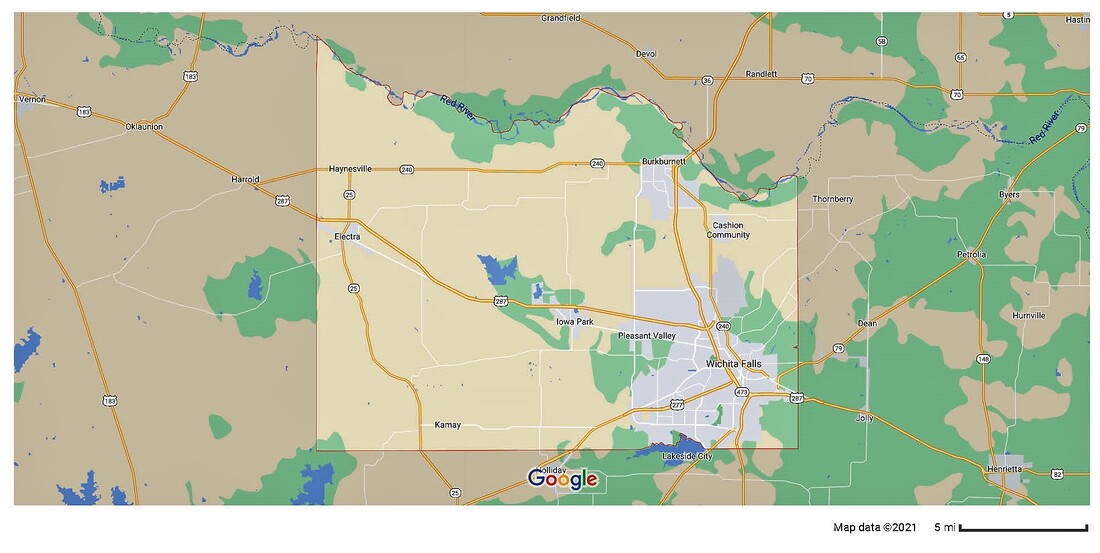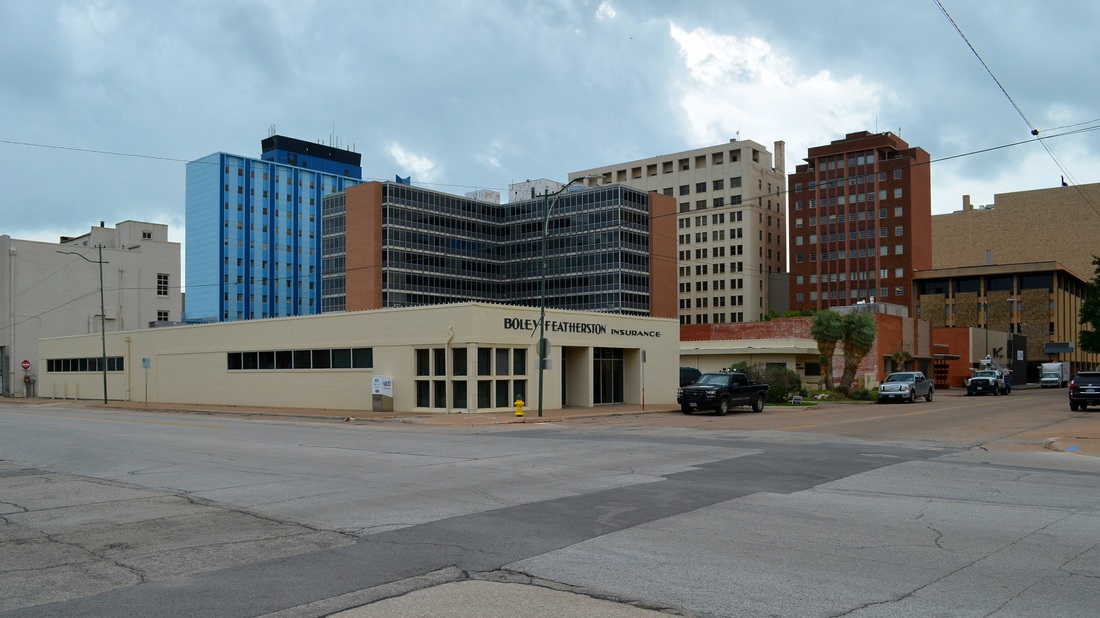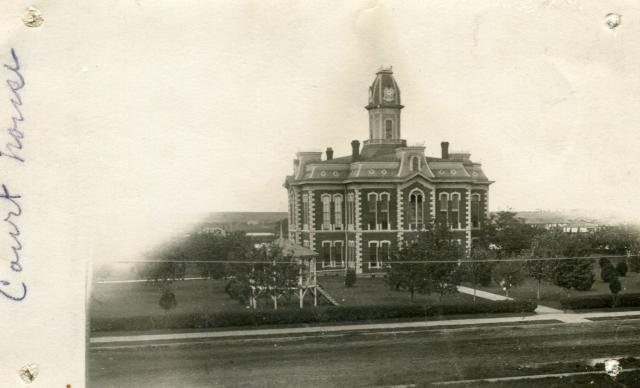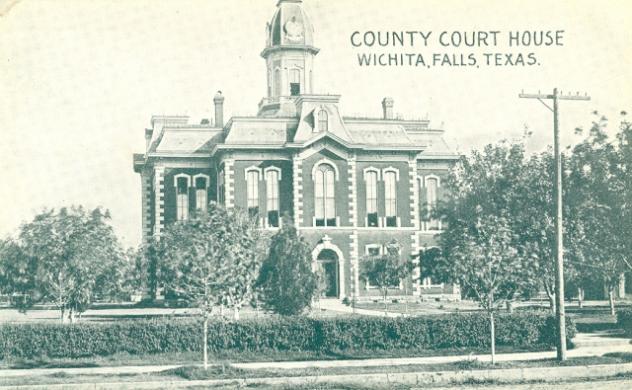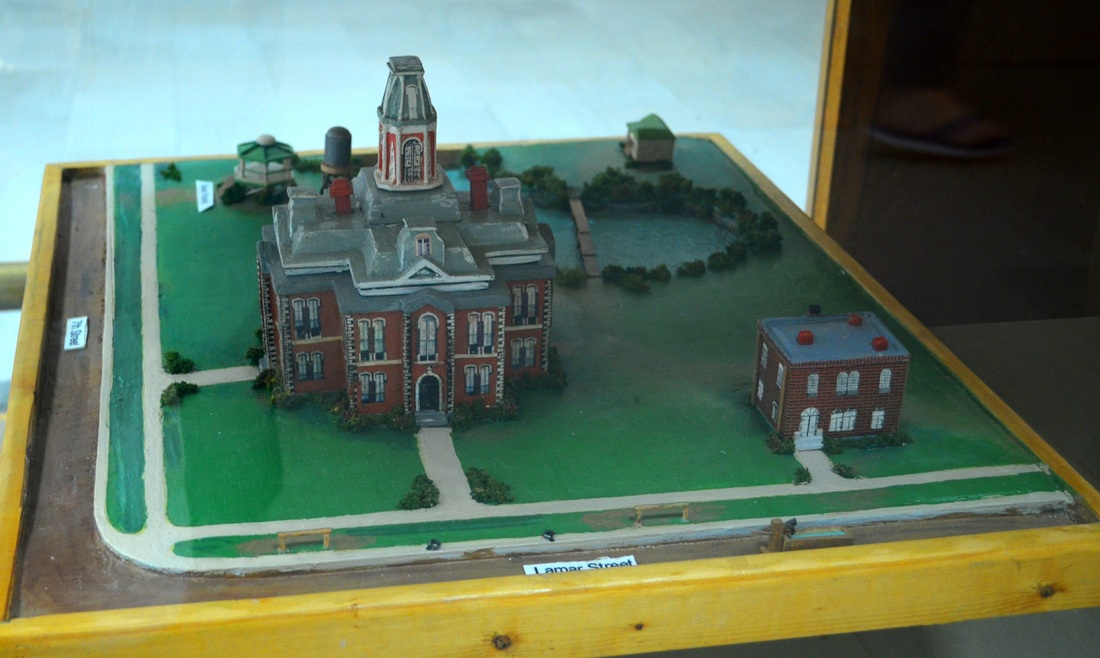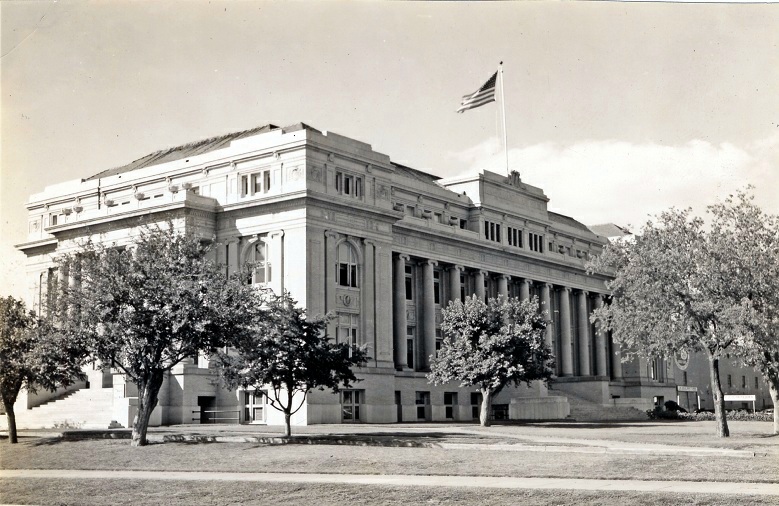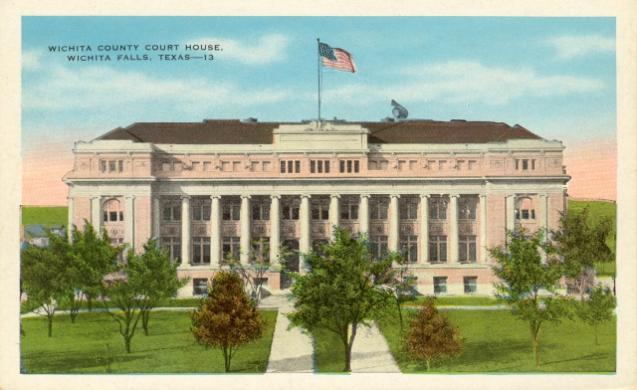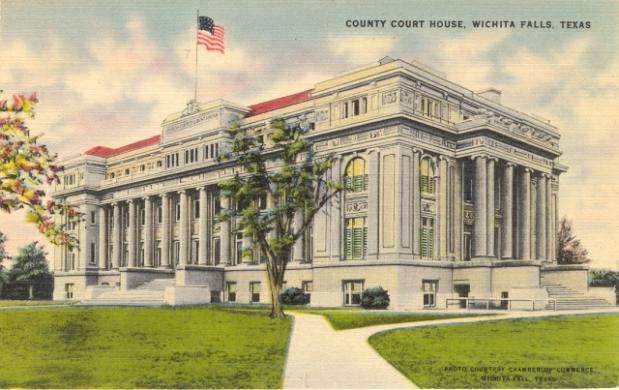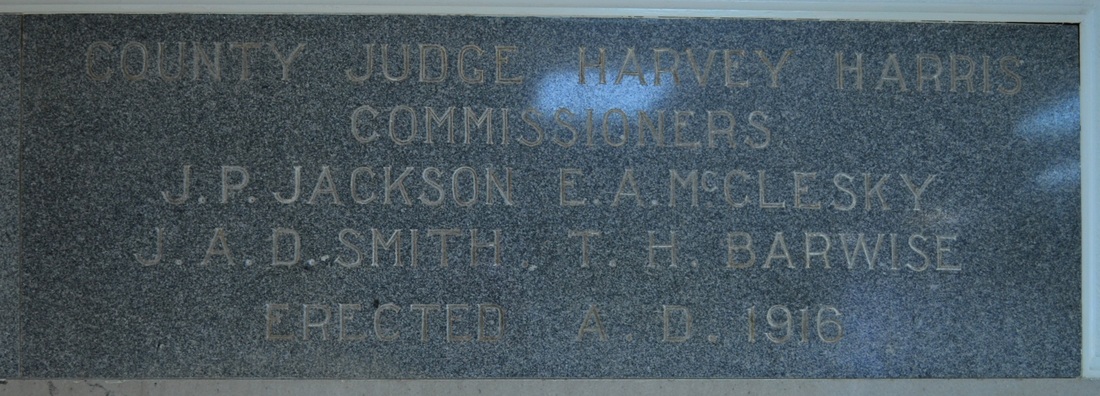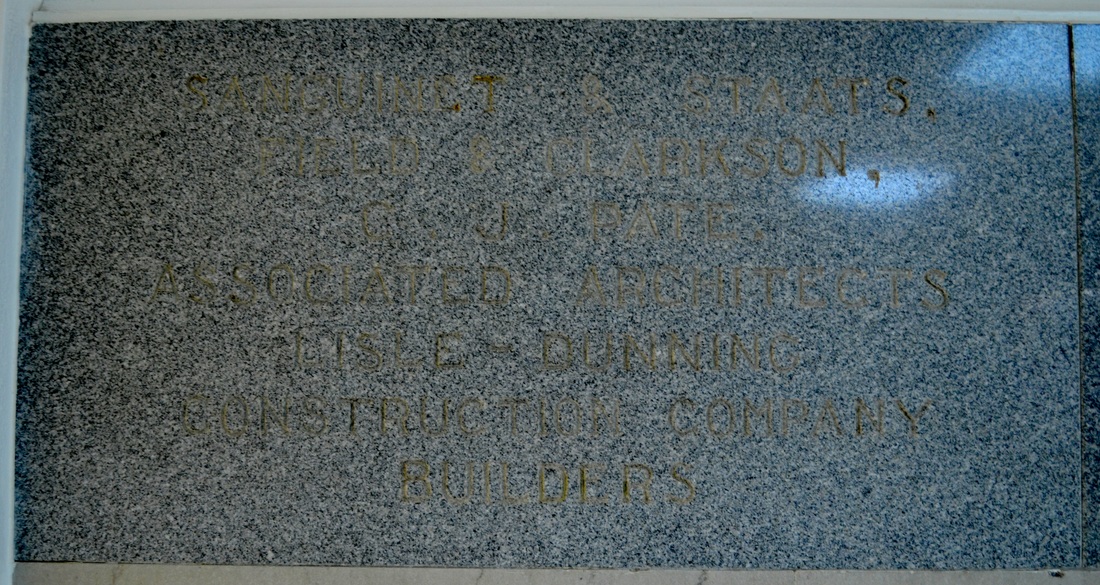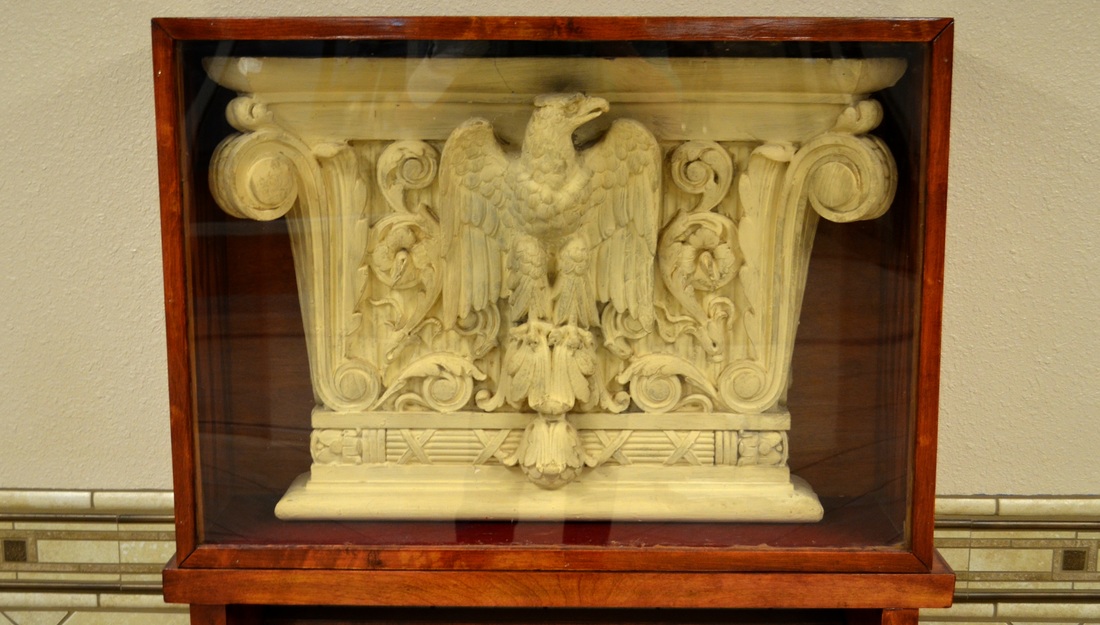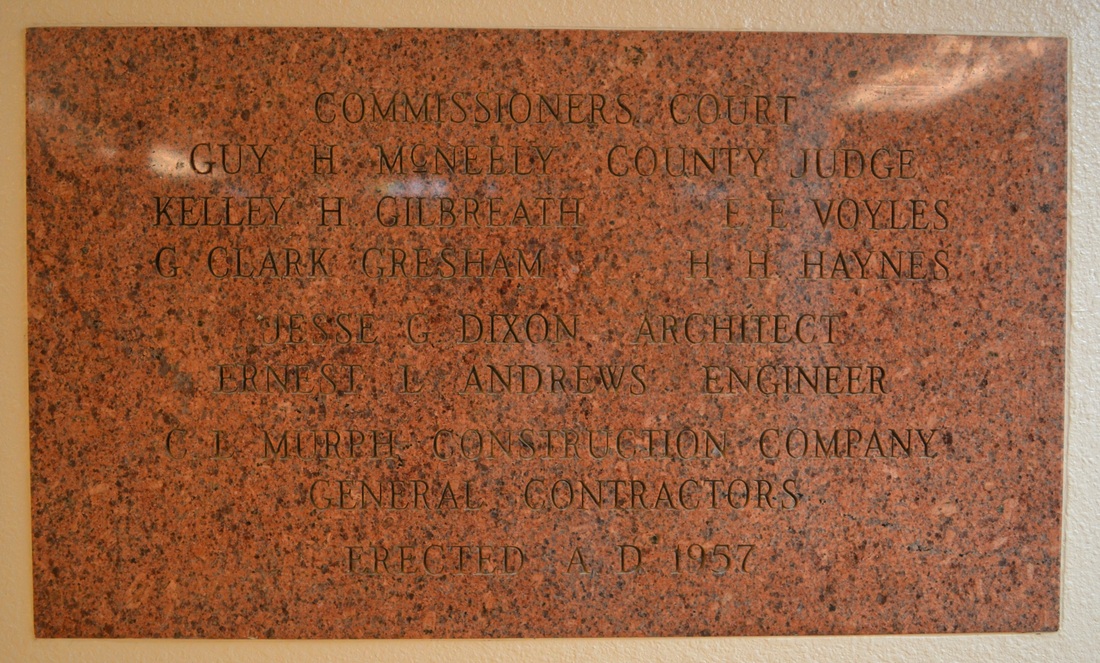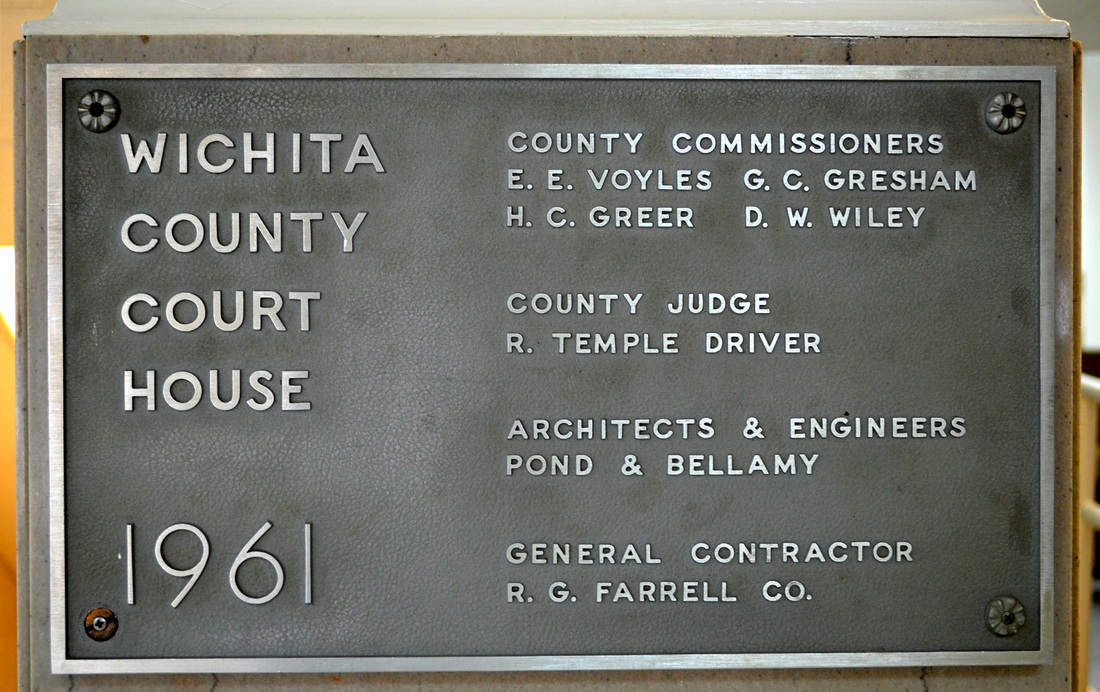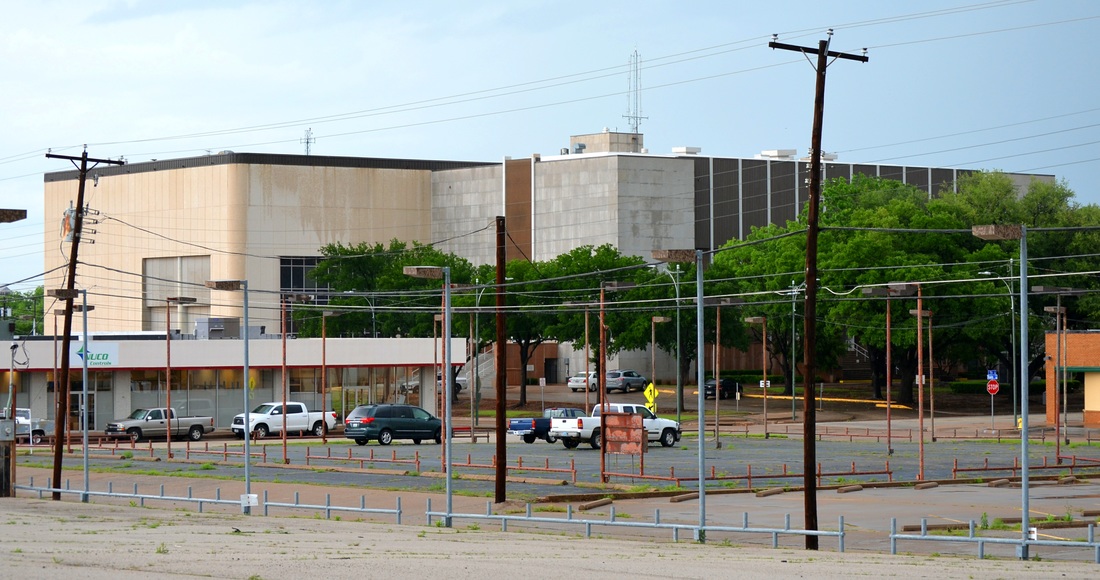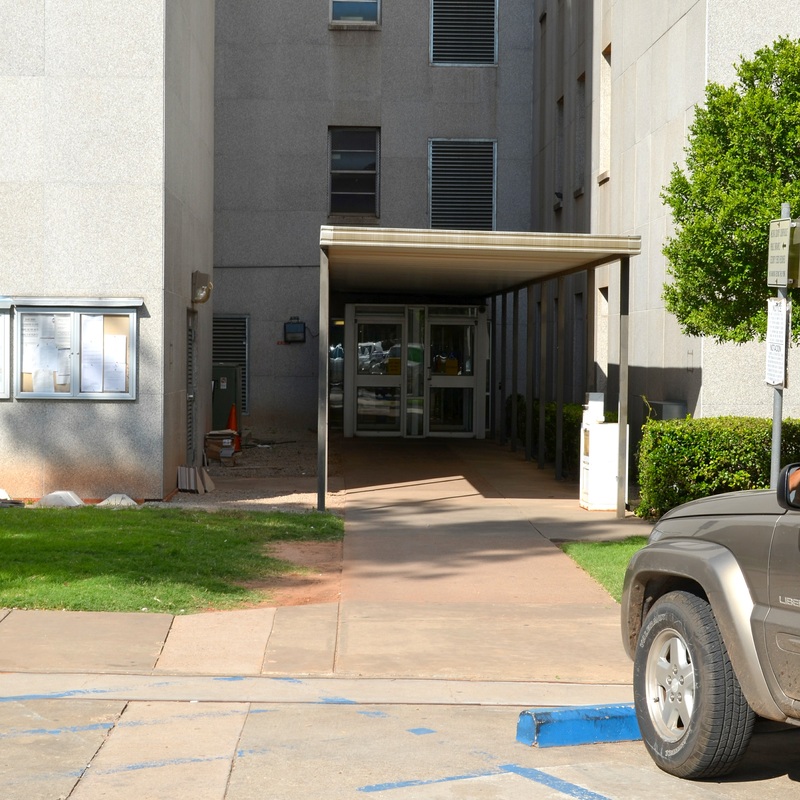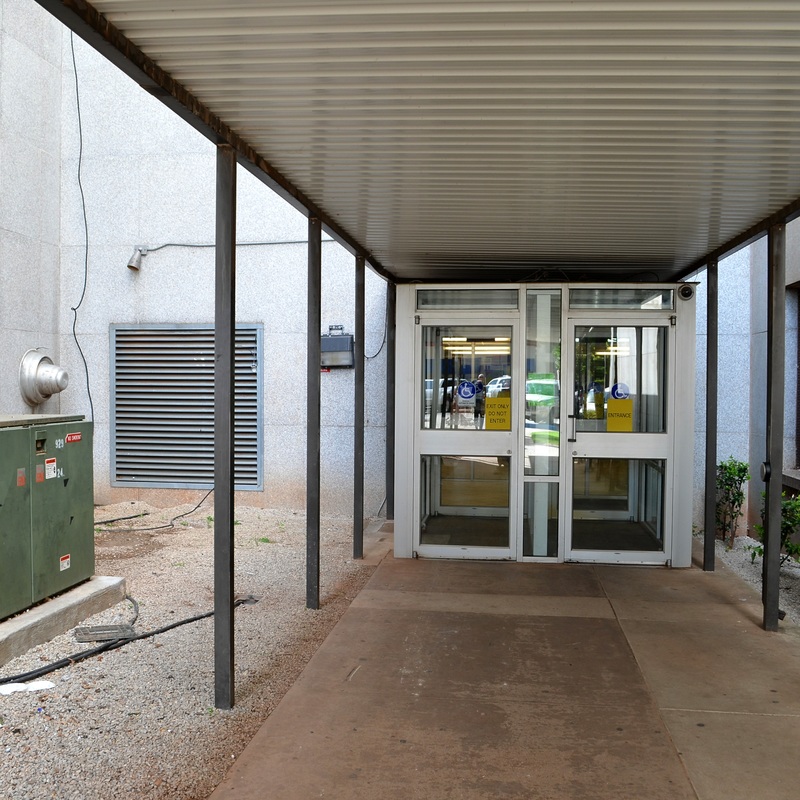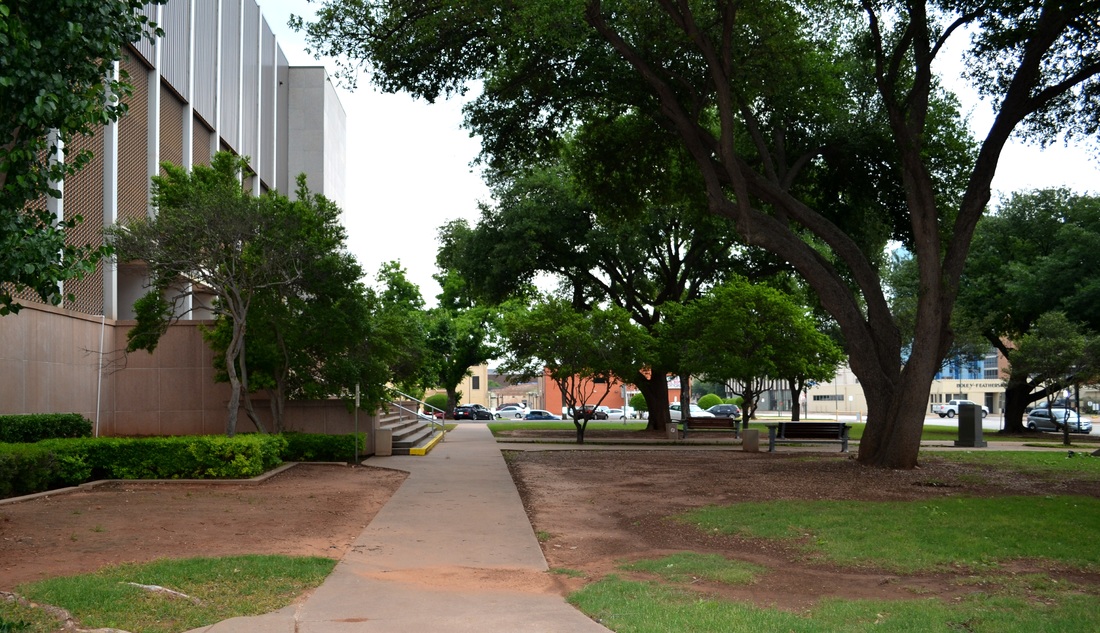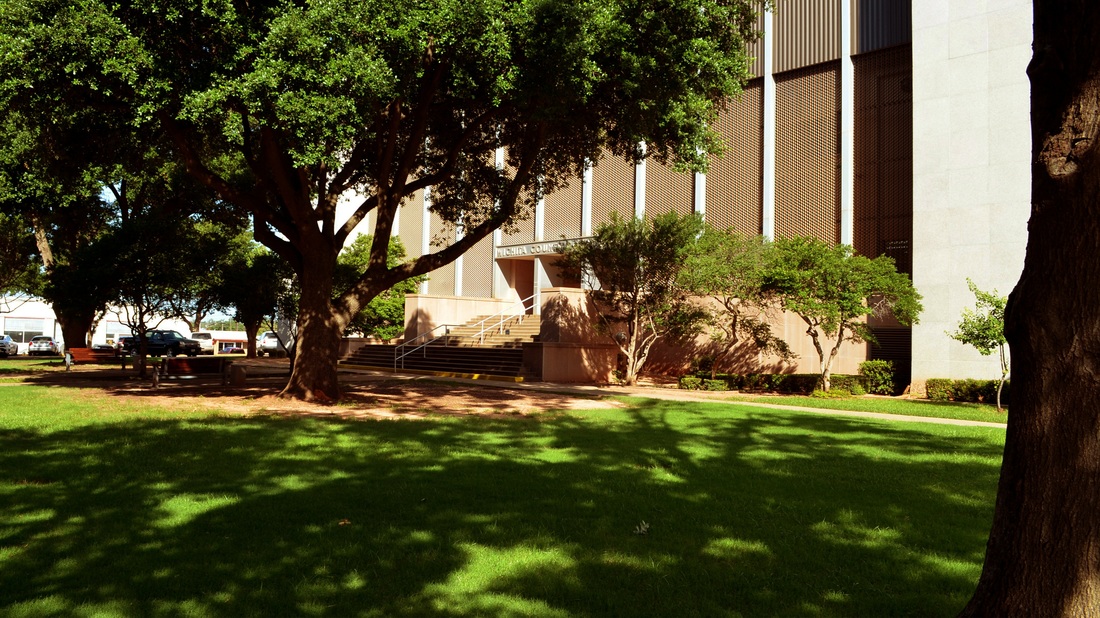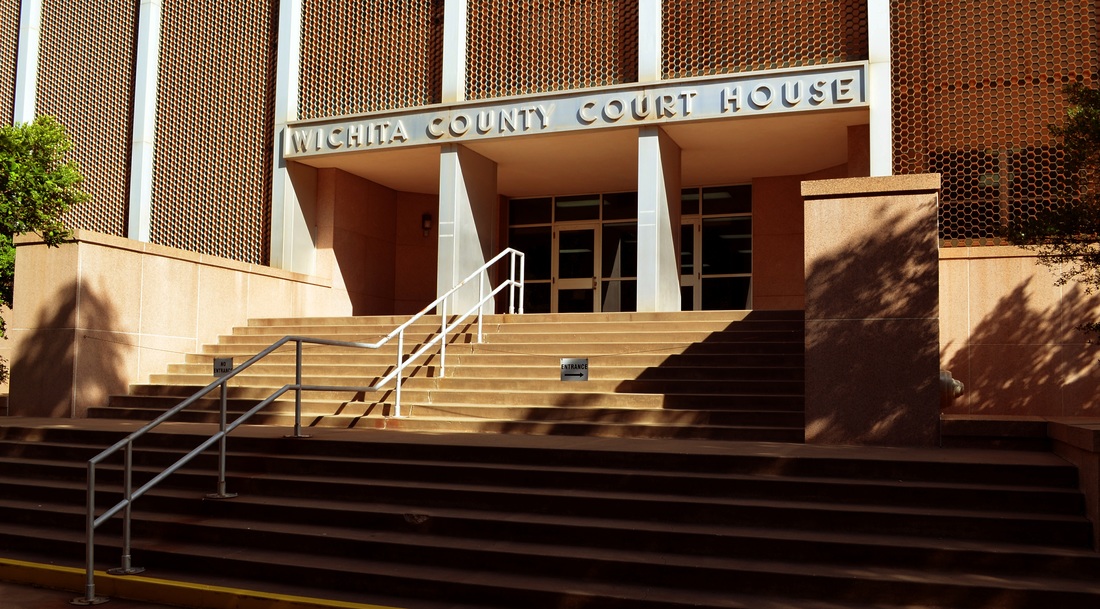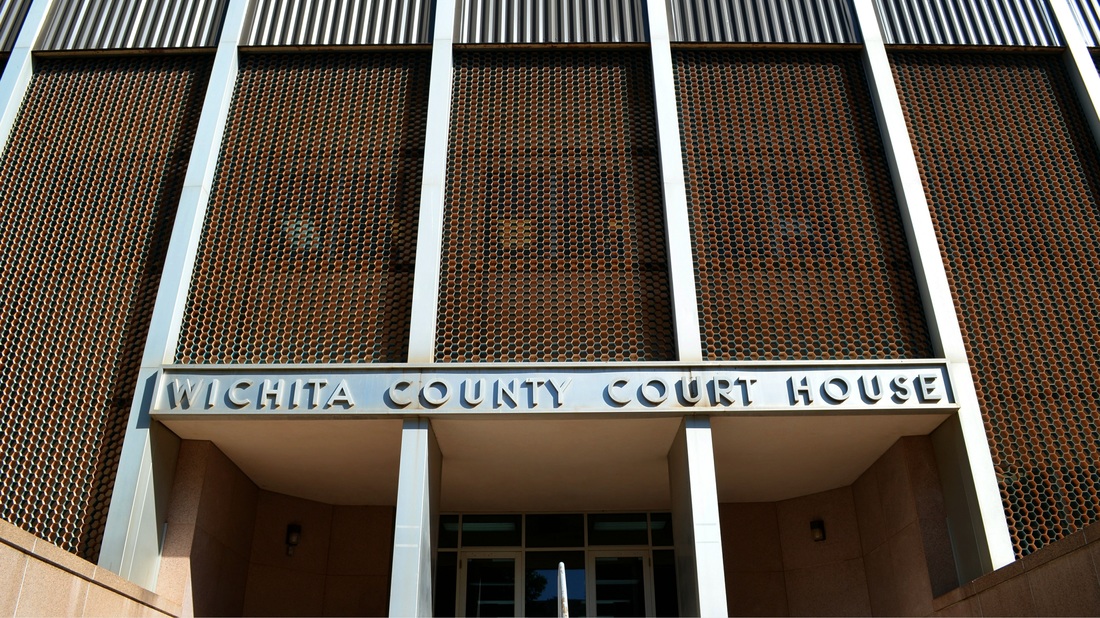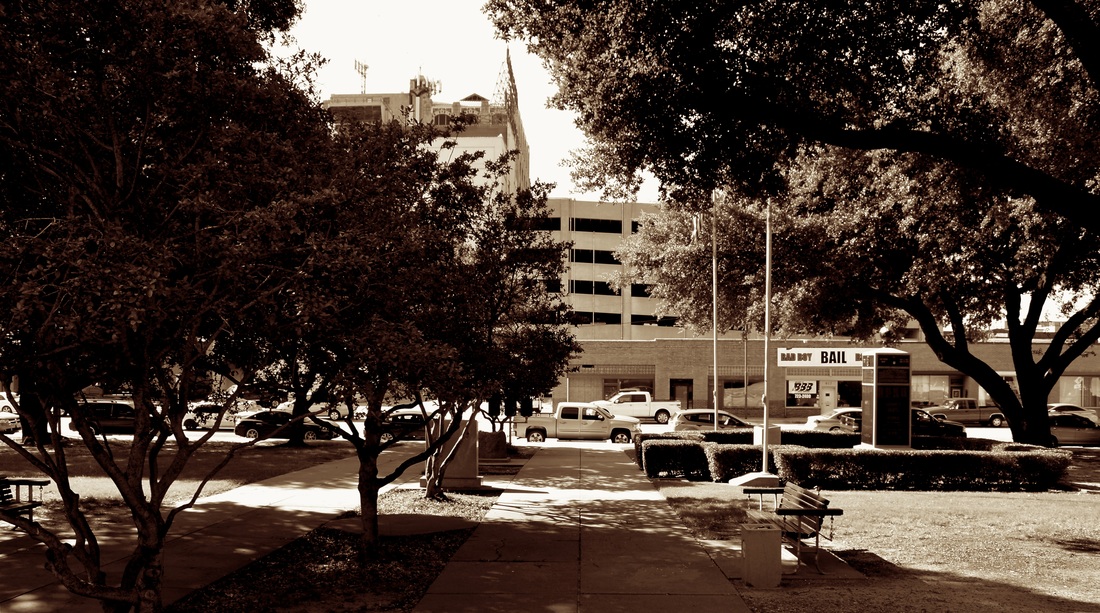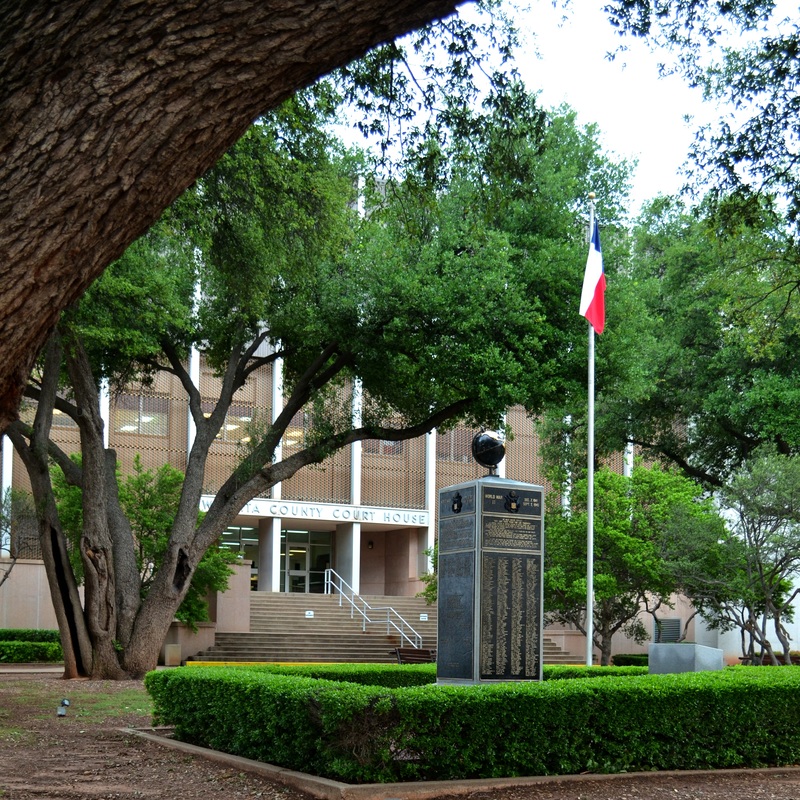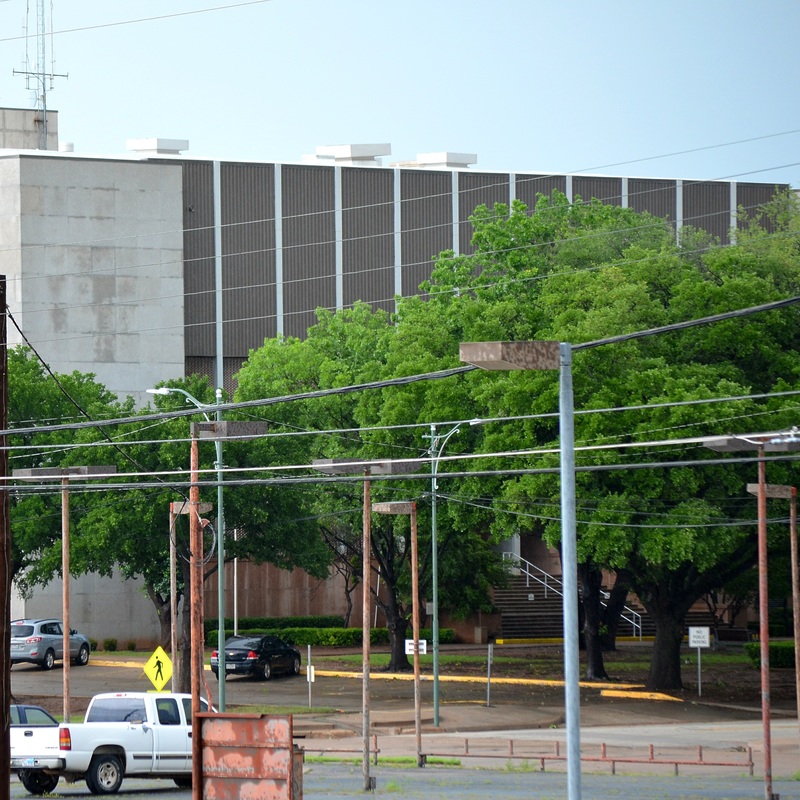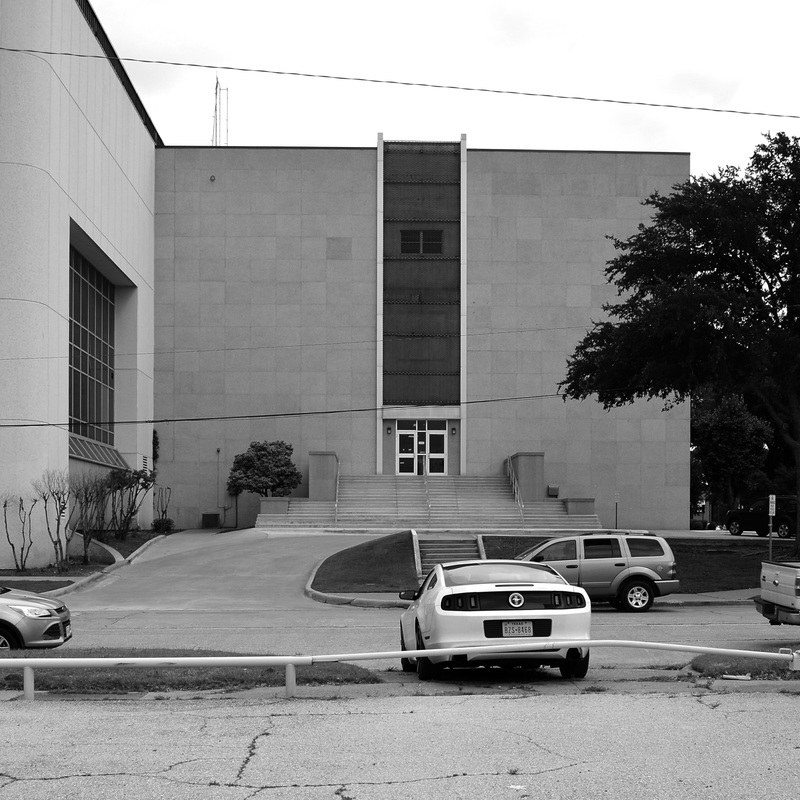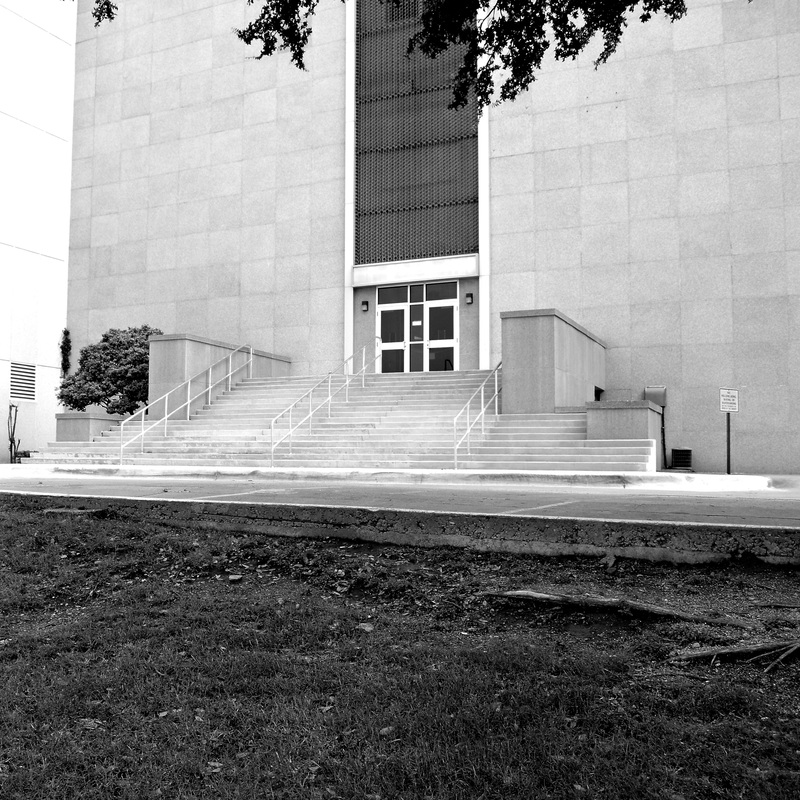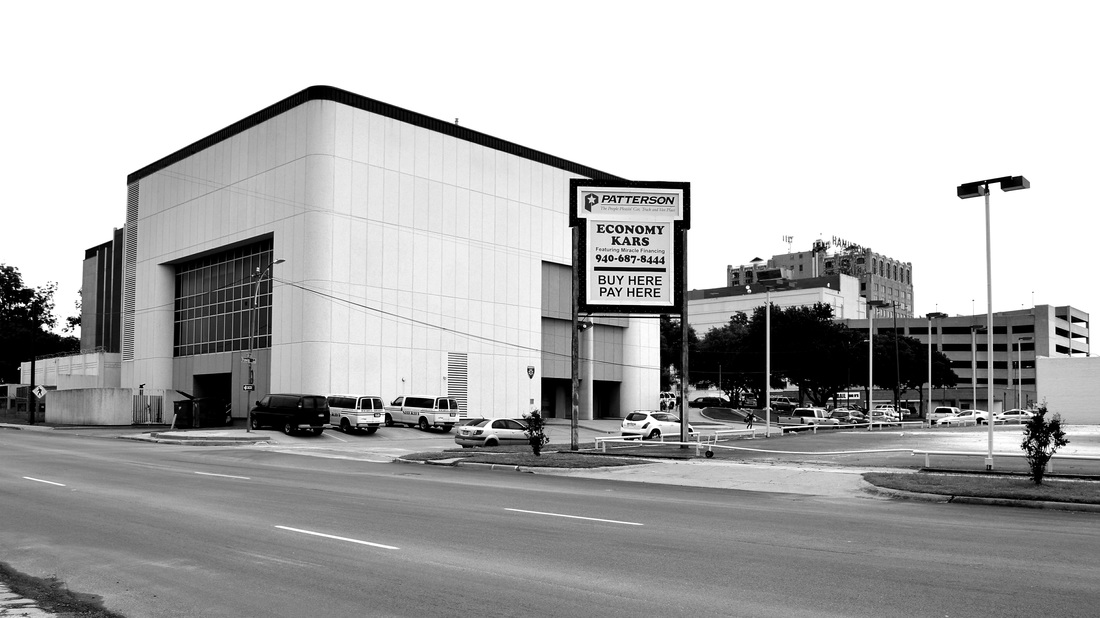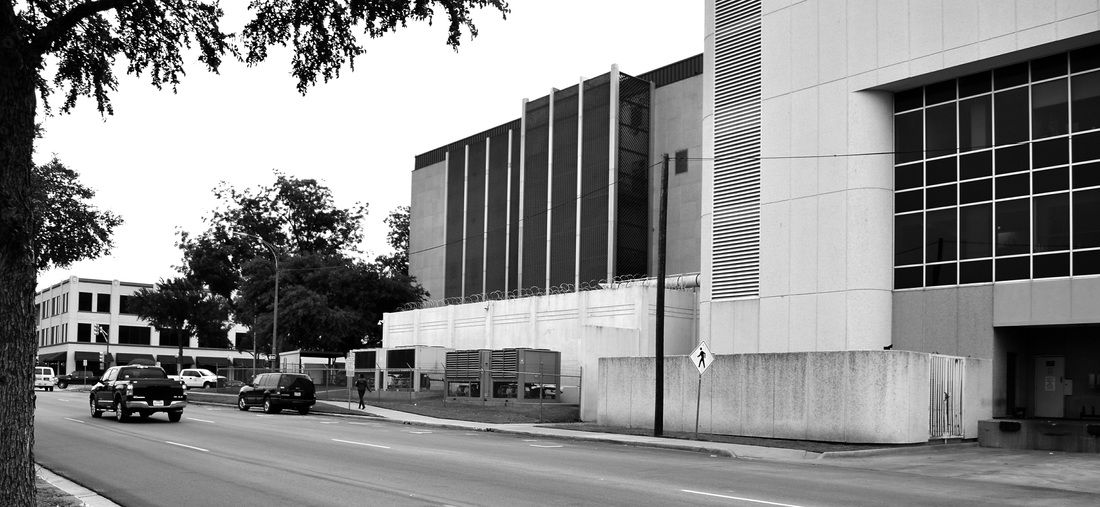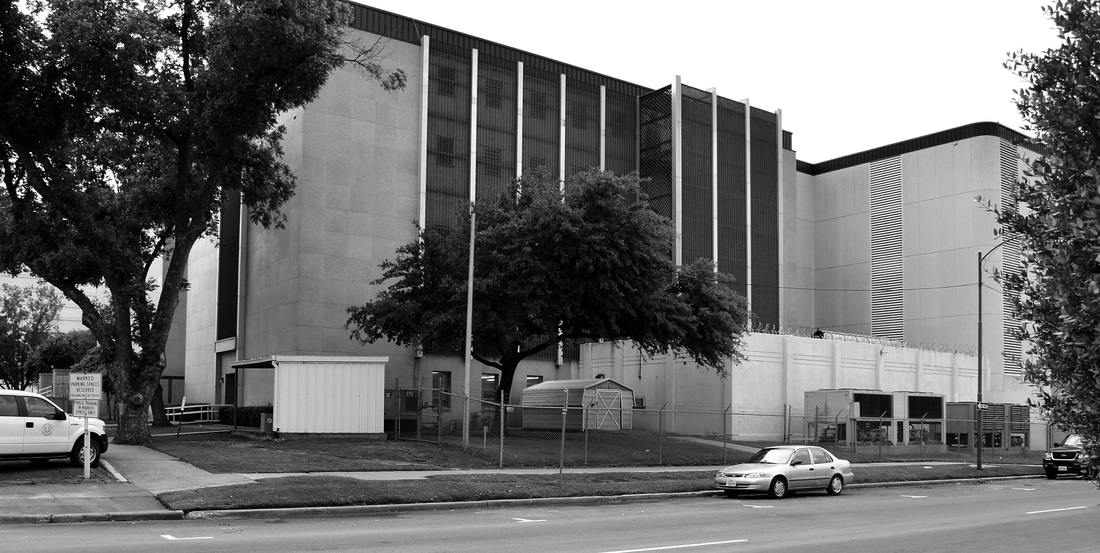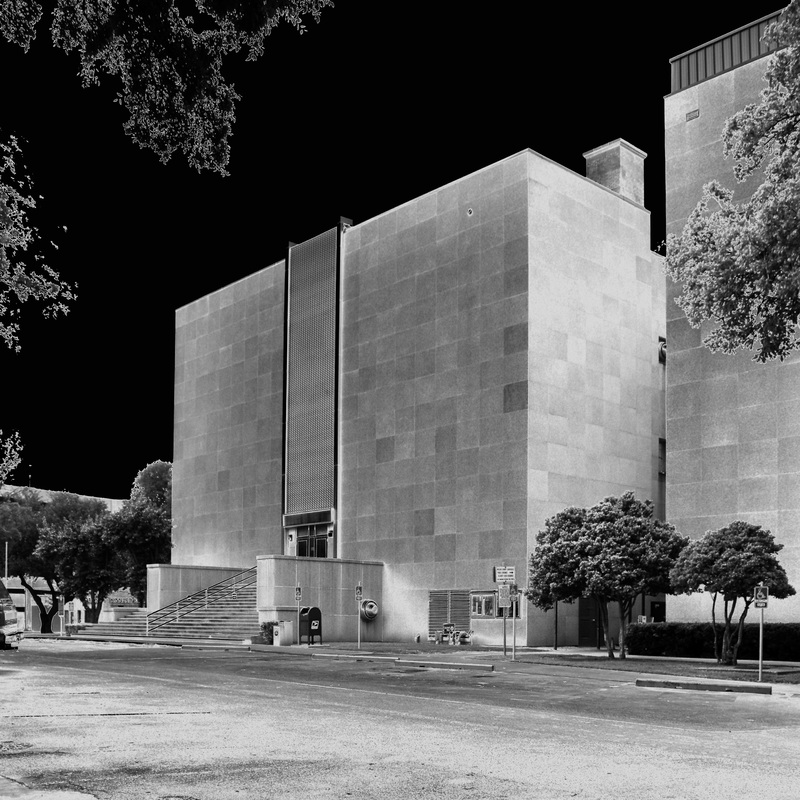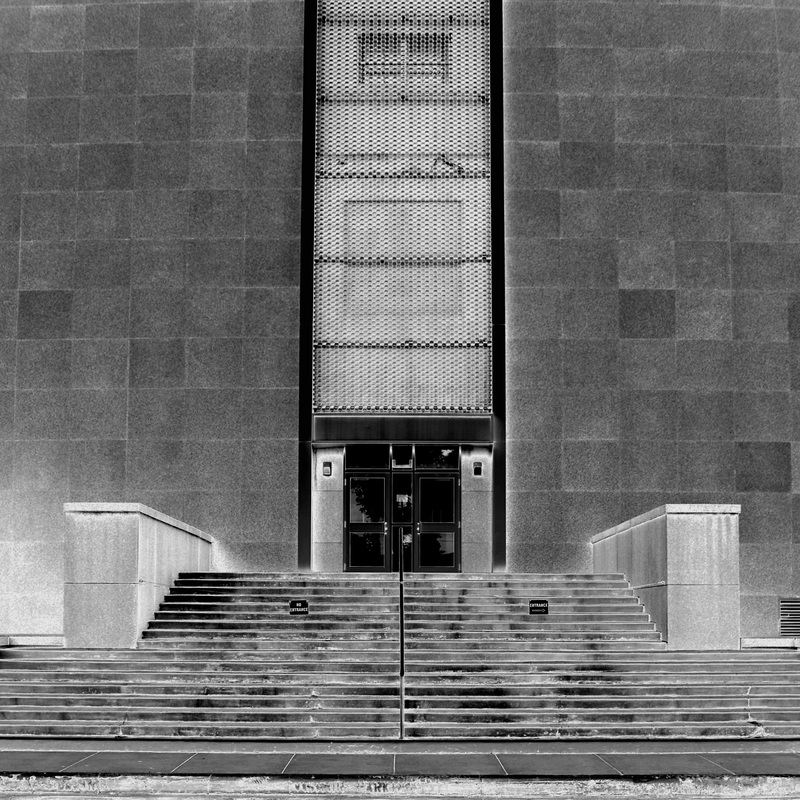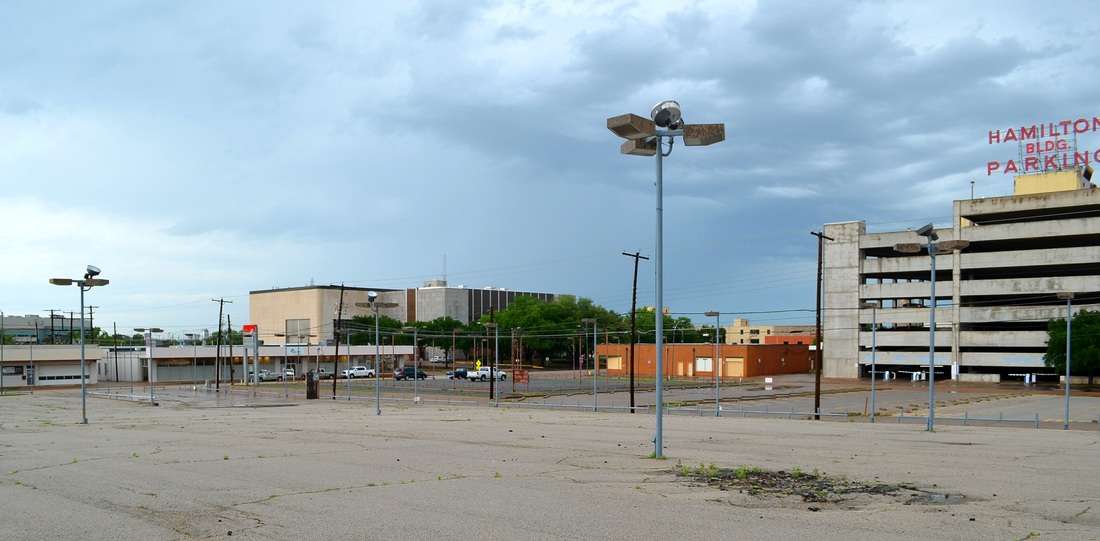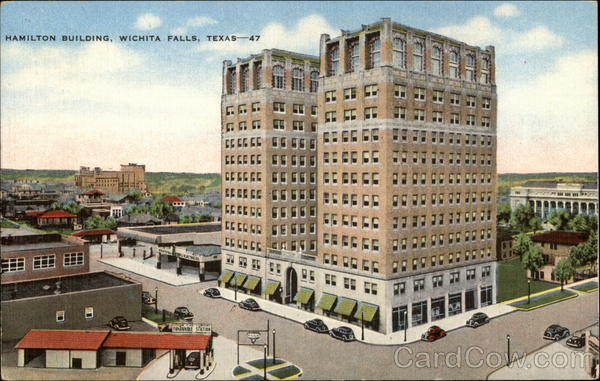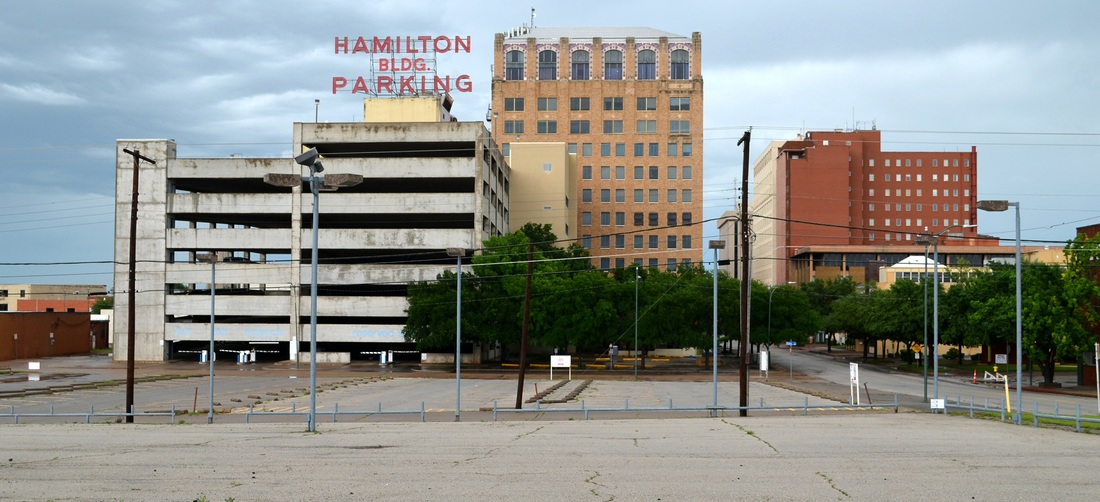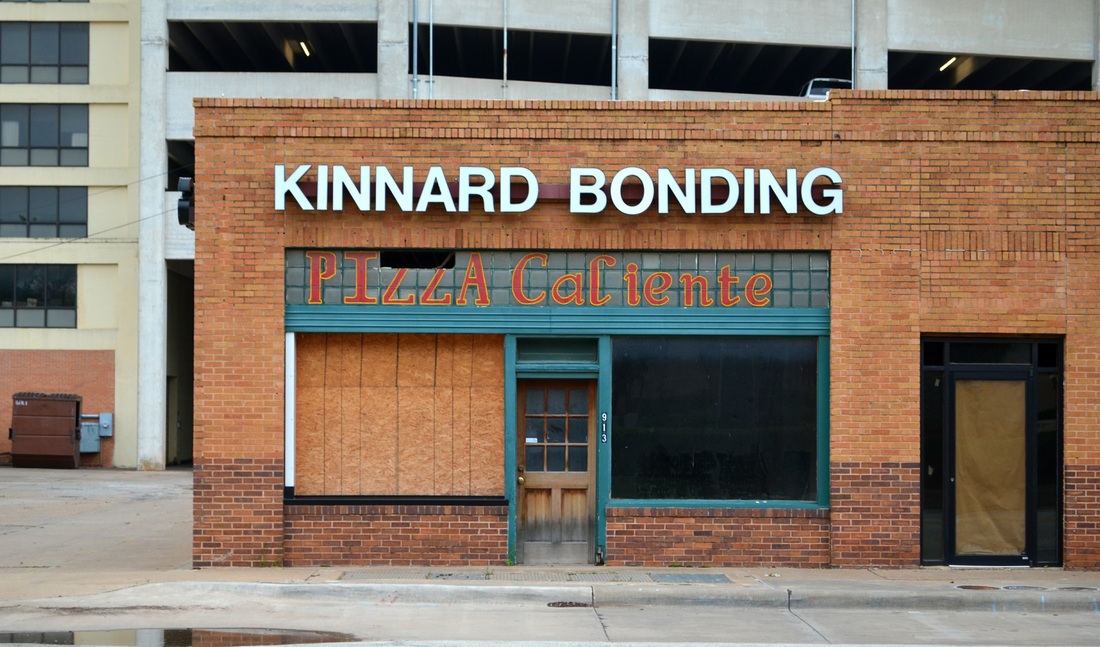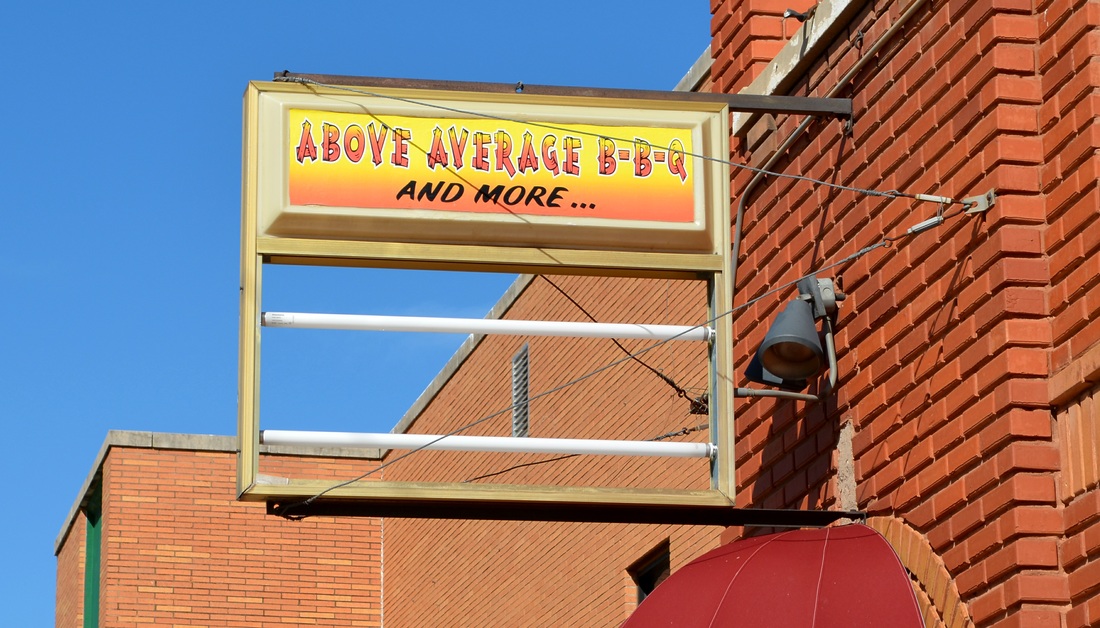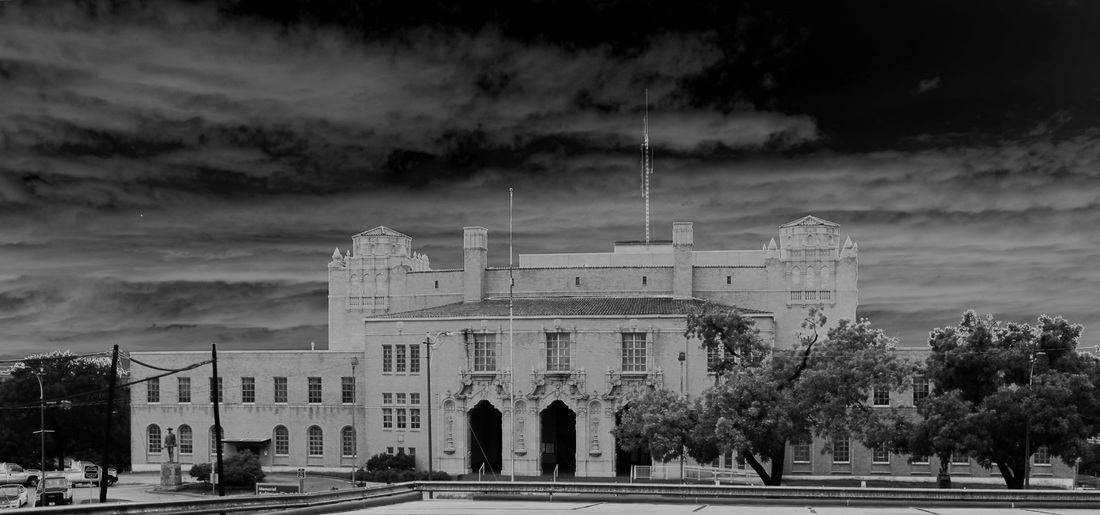220 of 254 Wichita County Courthouse, Wichita Falls, Texas. County Population: 132,154
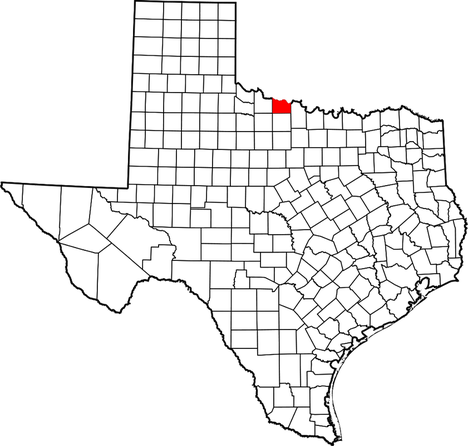 Wichita County, Texas
Wichita County, Texas
" Wichita County is in the extreme north central portion of the state, on the Oklahoma border. The county comprises 606 square miles, most of which lies in the eastern part of the Central Texas Rolling Red Plains. The county's terrain consists of rolling plains with rounded slopes and shallow, comparatively broad valleys. The elevation ranges from 900 to 1,200 feet above mean sea level. Wichita County is drained from southwest to northeast by the Red and the Wichita rivers.
"Wichita County was established by act of the Texas legislature on February 1, 1858, from the Cooke Land District, and was attached to Clay County for judicial purposes. The new county was named for the Wichita Indians, and settlement was hindered by Indian attacks. Most of the area's Anglo-American pioneers arrived after 1870, when school lands were purchased to become cattle ranches, which have remained an important part of the economy.
"Wichita County remained unorganized and sparsely inhabited until after 1880, when its population reached 433. On June 7, 1882, Robert E. Huff, a recently arrived attorney, presented a petition bearing 150 signatures—some of which allegedly were fraudulent—to the Clay County commissioners court seeking independence for Wichita County. The extension of the tracks of a number of rail lines into the county greatly facilitated growth. The Fort Worth and Denver City Railroad reached the tiny settlement of Wichita Falls from Fort Worth in September 1882. This connection ensured the existence of Wichita Falls, which adopted the date of the arrival of the first train, September 26, 1882, as its birthday."
Brian Hart, "WICHITA COUNTY," Handbook of Texas Online
"Wichita County was established by act of the Texas legislature on February 1, 1858, from the Cooke Land District, and was attached to Clay County for judicial purposes. The new county was named for the Wichita Indians, and settlement was hindered by Indian attacks. Most of the area's Anglo-American pioneers arrived after 1870, when school lands were purchased to become cattle ranches, which have remained an important part of the economy.
"Wichita County remained unorganized and sparsely inhabited until after 1880, when its population reached 433. On June 7, 1882, Robert E. Huff, a recently arrived attorney, presented a petition bearing 150 signatures—some of which allegedly were fraudulent—to the Clay County commissioners court seeking independence for Wichita County. The extension of the tracks of a number of rail lines into the county greatly facilitated growth. The Fort Worth and Denver City Railroad reached the tiny settlement of Wichita Falls from Fort Worth in September 1882. This connection ensured the existence of Wichita Falls, which adopted the date of the arrival of the first train, September 26, 1882, as its birthday."
Brian Hart, "WICHITA COUNTY," Handbook of Texas Online
I visited Wichita County and photographed the courthouse in Wichita Falls on Friday, May 8 and Saturday, May 9, 2015, and on July 7, 2015.
Wichita County Courthouse 1886
Wichita County Courthouse 1916
Wichita County Courthouse 1957
Wichita County Courthouse 1961
Mavis Kelsey wrote that Wichita Falls architect Michael Koen was responsible for alterations and an annex to the courthouse in 1980 that "buried" the 1916 building. Currently, the neo-classical 1916 courthouse remains (according to Dr. Kelsey), hidden beneath this modern enclosure, much like the fate of the Midland and Scurry County courthouses. Sigh.
